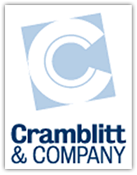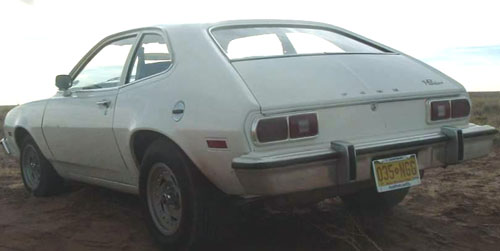Curiosity makes smart cats thrive
April 29th, 2009 | 2 Comments
There it was, an almost eerie convergence. I was watching Charlie Rose and Bill Gates Sr. was talking about what he admired the most in his son. It’s his insatiable curiosity. I’ve been thinking a lot about curiosity lately, so the Gates/Rose session was inspiring.
Curiosity — the relentless pursuit of knowledge — seems to be the mark of true intelligence. The smartest people I know — whether plumbers, farmers, musicians, artists or businesspeople — have it in spades.
Like many people I know, Bill Gates Jr. cultivated it at an early age, through constant reading and questioning. His family encouraged it. But, I’ve seen it even in people whose families were not big readers or patrons of the arts. With them, it was fueled by raw desire.
Curiosity isn’t an omnipresent gift. It needs to be fed. It demands time. When it is not being served, it can make you listless and depressed. It requires energy, especially as one gets older. Like a drug or alcohol, with age it takes more to stoke the curiosity high. But the euphoria is always worth it.
As an employer, I found it difficult to fully ascertain the extent of a job candidate’s curiosity and whether it would grow within a company. Despite good intake questions and team interviewing, I’ve been fooled when hiring people. I’ve also faced the deflating phenomenon of people losing their curiosity surrounding an organization and its clients.
Are there good practices out there for determining the curiosity of a potential employee? Are there methods for maintaining the sense of discovery within an organization? How do we nourish this child-like trait as we get older?
All thoughts are welcome, with a choice of books for the best.
Meanwhile, here are some quotes on curiosity.
Curiosity is, in great and generous minds, the first passion and the last.
Samuel Johnson
Desire to know why, and how, curiosity, which is a lust of the mind, that by a perseverance of delight in the continued and indefatigable generation of knowledge, exceedeth the short vehemence of any carnal pleasure.
Thomas Hobbes
It’s through curiosity and looking at opportunities in new ways that we’ve always mapped our path at Dell. There’s always an opportunity to make a difference.
Michael Dell
I have no special talents. I am only passionately curious.
Albert Einstein
The important thing is not to stop questioning. Curiosity has its own reason for existing.
That Einstein guy again
I find that when you have a real interest in life and a curious life, that sleep is not the most important thing.
Martha Stewart
If you really want to succeed, you’ll have to go for it every day like I do. The big time isn’t for slackers. Keep up your mental stamina and remain curious. I think that bored people are unintelligent people.
Donald Trump



